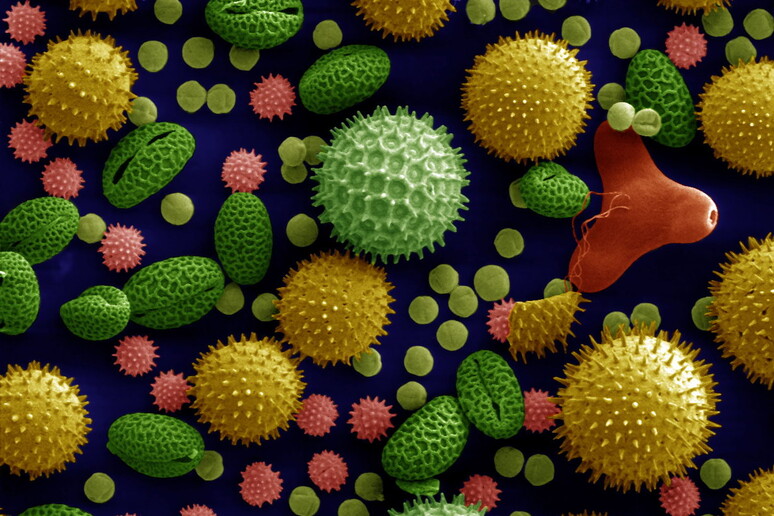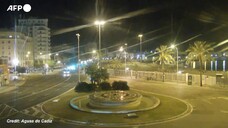The rise and fall of the Roman Empire is 'written' in ancient pollen preserved in sediment at the bottom of the Tyrrhenian Sea, according to a study published in the journal The Holocene by researchers at the University Federico II of Naples in collaboration with the Institute for Coastal Marine Environment of the National Research Council (Iamc-Cnr) and the University of Campania Luigi Vanvitelli.
Recovered through core drilling in the Gulf of Sant'Eufemia, Calabria, the samples show how the vegetation in the area has evolved toghether with the communities that have inhabited it over the last 5,000 years.
The researchers managed to extract significant amounts of ancient pollen and spores from the marine sediment (up to 12,000 grains per gram of material) and identified as many as 72 plant species using a microscope.
Their analysis shows that between 5,000 and 2,700 years ago, the region was covered by thick forest; then, between 2,700 and 2,000 years ago, the vegetation decreased due to drought; finally, in the last 790 years, major deforestation accompanied by intensive farming has taken place.
These three distinct phases can be linked to the activities of humans who colonised the area over the millennia.
Riproduzione riservata © Copyright ANSA













